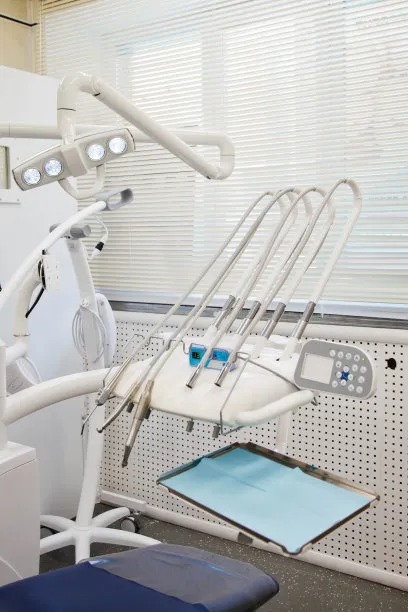Understanding the Benefits and Process of Dental Implant Treatment for a Healthier and Brighter Smile
Summary: Dental implant treatment is an effective solution for individuals seeking to restore their smiles and dental functionalities. This article explores the numerous benefits of dental implants, including improved oral health, enhanced aesthetics, and increased comfort. Additionally, we delve into the step-by-step process of receiving dental implants, addressing essential aspects such as consultation, surgery, and post-treatment care. Understanding these key components can help patients make informed decisions about their dental health and achieve a brighter, healthier smile. Ultimately, this comprehensive look into the benefits and procedures involved in dental implants provides essential insights for those considering this transformative treatment.
1. Key Benefits of Dental Implants

Dental implants present a multitude of benefits that extend beyond mere aesthetics. First and foremost, they significantly enhance oral health. Unlike traditional dentures or bridges, implants fuse with the jawbone, providing a stable base that prevents bone loss. This integration helps maintain the integrity of facial structure, reducing the risk of further dental complications.
Additionally, dental implants offer remarkable aesthetic advantages. They are designed to look and function like natural teeth, making them virtually indistinguishable from the rest of the smile. Patients report increased confidence and improved self-esteem after undergoing implant treatment, significantly affecting their social interactions and overall quality of life.
Another essential benefit is the comfort that dental implants provide. Unlike removable dentures, which can slip and cause irritation, implants become a permanent fixture in the mouth. This permanence leads to increased functionality, allowing for easier eating and speaking without discomfort or worry about the placement of the teeth.
2. The Consultation Process Explained
The journey toward dental implants begins with a thorough consultation with a qualified dental professional. During this initial visit, the dentist evaluates the patients oral health and discusses the patients specific goals and concerns regarding their smile. This interaction is crucial for establishing trust and ensuring that the patient feels comfortable about the process.
During the consultation, advanced imaging techniques, such as X-rays or 3D scans, are often employed. These diagnostics allow the dentist to assess bone density and structure, which are critical factors in determining eligibility for dental implants. The results from these images guide the development of a tailored treatment plan that suits each patient’s needs.
Patients will also receive detailed information about what to expect during the treatment process, including the procedure itself and any potential risks or complications. Open dialogue during this phase helps to alleviate anxiety and gives patients a clear understanding of the steps they will undertake.
3. Step-by-Step Surgical Procedure
The surgical procedure for dental implants generally involves multiple stages. After the consultation, the first step is the surgical placement of the implant. Under local anesthesia, the dentist places a titanium post into the jawbone, which serves as the artificial tooth root. This procedure typically requires a minimal recovery period, and patients may experience swelling or discomfort, easily managed with prescribed medications.
Once the implant is placed, a healing period of several months is necessary. This time allows the bone to grow around the implant, securing it in place. Dentists closely monitor the healing process, ensuring that the implant integrates well with the bone for optimal stability.
The final stage involves attaching the custom-made dental crown to the implant. The dentist ensures that the crown fits comfortably and matches the color and shape of the natural teeth, completing the restoration. Patients are then guided on care practices to maintain their implants effectively.
4. Post-Procedure Care and Maintenance
After receiving dental implants, proper post-procedure care is vital for long-term success. Patients are advised to follow specific oral hygiene practices, such as brushing and flossing regularly to keep the implant area clean. Routine dental check-ups are also essential to monitor the health of both the implant and surrounding teeth.
Eating a balanced diet also plays a critical role in maintaining the health of dental implants. Foods rich in calcium and vitamin D support bone health, aiding in the longevity of the implant. Patients should avoid hard or sticky foods that could potentially damage the crown or cause discomfort during the healing process.
Lastly, any changes in oral health, such as signs of infection or persistent pain, should prompt an immediate visit to the dentist. Proactive monitoring can help catch issues early, ensuring the continued success of the dental implants.
Summary:
Dental implants provide a comprehensive approach to restoring one’s smile, offering numerous benefits that enhance oral health, aesthetics, and comfort. The process, beginning with a consultation and culminating in proper care, equips patients with knowledge and support for a successful outcome. Understanding these facets is crucial for anyone considering dental implants as a viable solution for tooth loss.
This article is compiled by Vickong Dental and the content is for reference only.



